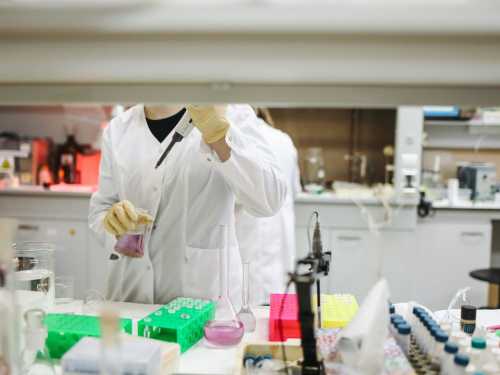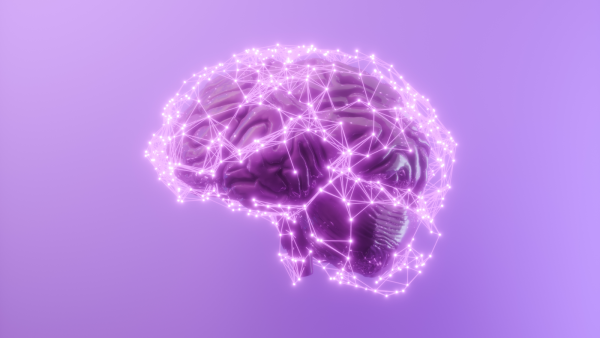
A man with type 1 diabetes has achieved what many have hoped for for years. After receiving a transplant of modified pancreatic cells, his body is producing its own insulin again, without the need for immune-suppressing drugs, according to a case report in the New England Journal of Medicine.
Type 1 diabetes occurs when the body's immune system mistakenly destroys the islet cells in the pancreas. These cells make insulin, which keeps blood sugar levels under control. Most people survive on insulin injections, but this does not restore their own production of the hormone.
Islet cell transplantation offers a chance to restore one's own insulin, but there is one big problem. The body's defenses often perceive the transplanted cells as foreign and try to destroy them. Because of this, patients are forced to take drugs that suppress the immune system, which makes them more susceptible to infections.
A team from Sweden and the US decided to get around this obstacle. They took donor islet cells and modified them using CRISPR. This is a tool that allows you to trim and edit DNA very precisely, as if you were working with scissors and a magnifying glass at the same time. The researchers made three changes. Two of them reduced the number of proteins on the surface of the cell that our defenses use to determine whether a cell is self or foreign. The third change increases the production of the protein CD47. It is sometimes called the “don't touch me” signal because it calms down other defense cells.
The modified tissue was implanted into the patient's forearm. The body did not attack, the cells took root and produced insulin. Twelve weeks have passed, and the hormone production is maintained, and there are no signs of rejection.
The dose of transplanted cells was small, so the man still receives daily insulin. Despite this, the case demonstrated the safety of the approach and provided the first evidence that such cells can work without ongoing anti-rejection drugs.
The researchers are preparing larger trials. They are interested in whether the modified cells will have enough strength for the long haul, whether they can keep sugar under control in a stable way, and whether the method will work in other people. If the answer is positive, it will open up a real path to a treatment that resembles the natural functioning of the pancreas.





